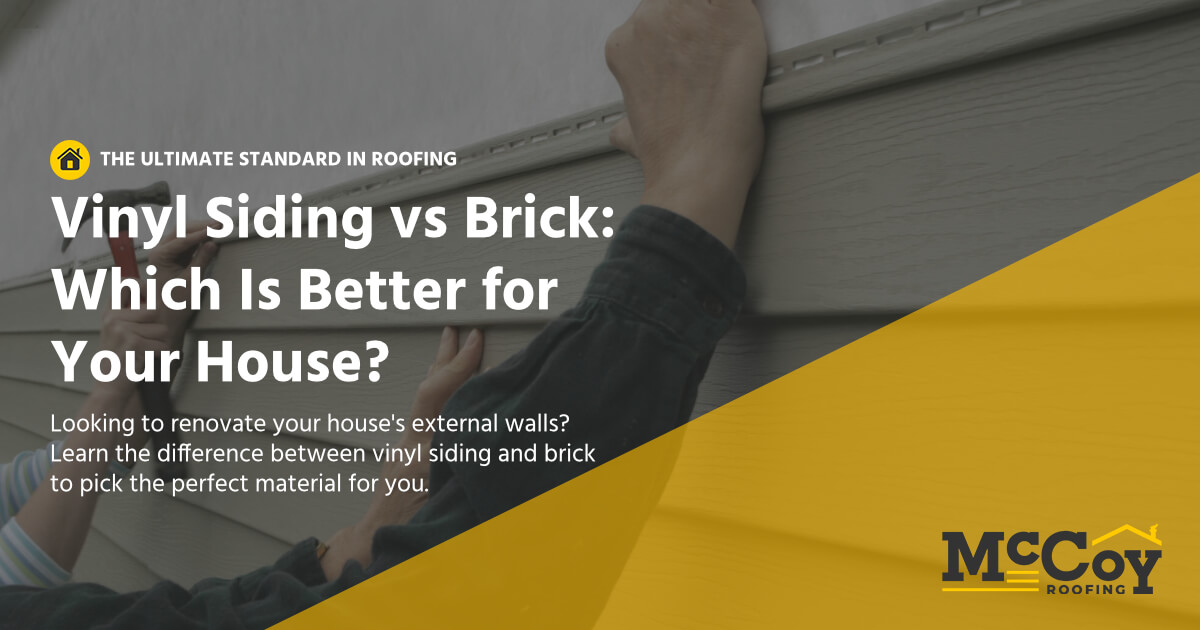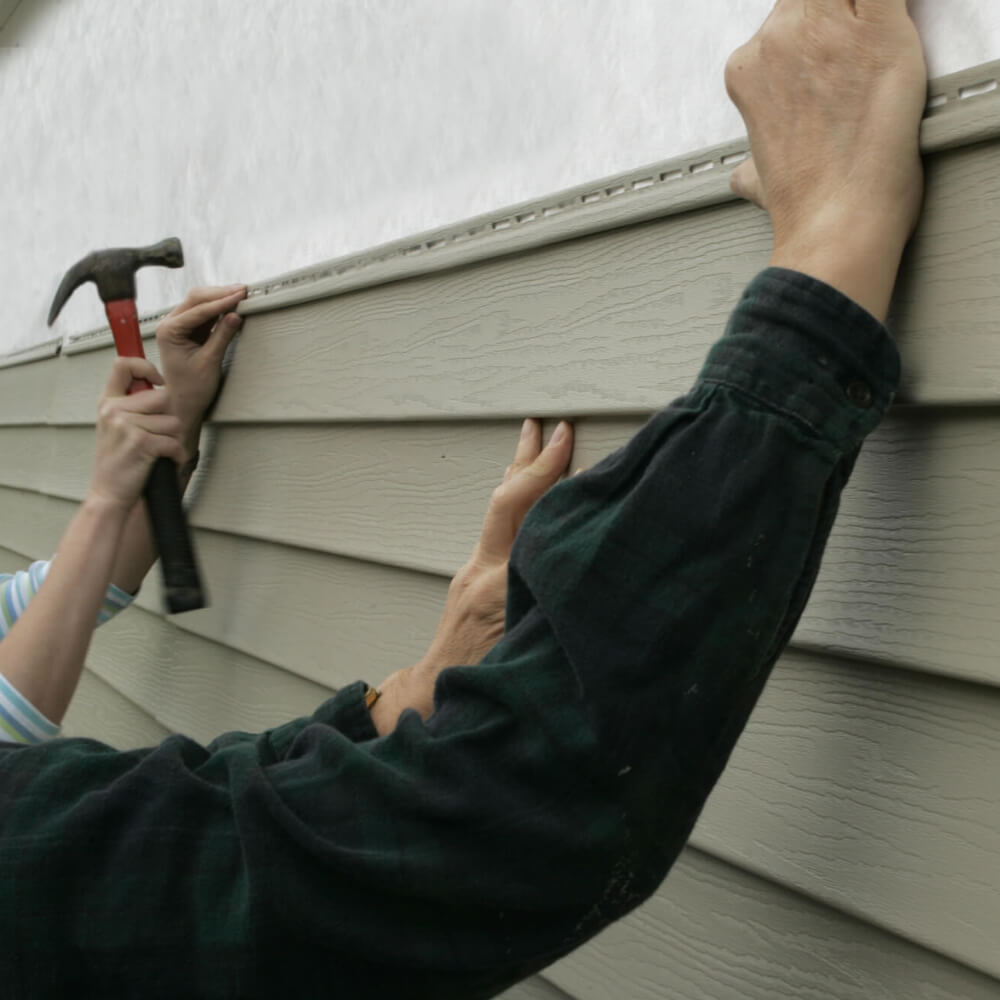

Vinyl Siding vs Brick: Which Is Better for Your House?
Looking to renovate your house’s external walls? Learn the difference between vinyl siding and brick to pick the perfect material for you.

If you’re considering a new renovation project that includes your home’s exterior, make sure the right decision is made concerning building materials. It’s possible to be unaware of numerous factors when thinking about whether vinyl siding or brick would be better for your home and its overall renovation needs.
In this article, we’ll guide you through and explain the various pros and cons of vinyl siding and brick so you can make an executive decision.
Consider all your options and requirements before undertaking a large renovation project, like one on the external walls of your house. Read ahead to get all the details on vinyl and brick as a building material.
Price Comparison: Vinyl
In terms of comparing prices, vinyl clearly wins when it comes to siding and external walls. On average, a piece of vinyl costs around $2 per square foot, whereas brick can cost anywhere from $4-10 dollars. Depending on your house’s size, this price discrepancy significantly affects the overall cost of your renovation project. Vinyl could be as much as five times cheaper per square foot than brick as a material.
Vinyl is also much cheaper to install than brick. With a brick-based renovation, you could easily run into the thousands of dollars, before even addressing the installation fee!
Overall Installation Time: Vinyl
Vinyl siding installation is much quicker than the process of installing brick-based exterior walls. Because vinyl siding is lightweight and easy-to-use, it takes a limited amount of time to install from start to finish.
Brick as a material is a lot more laborious and time-consuming. It might take you weeks, or even months, to complete a renovation project.
Bricks require additional time to dry and place safely. There’s a wider scope for error with brick installation than with vinyl, due to the sheer number of pieces required.
Appearance: Vinyl and Brick
Of course, some people seek the rustic, stone look that bricks provide. And that’s something that can only be achieved through their application as a material.
However, vinyl siding today comes in a range of colors and specific options. There’s even types that give the appearance of stone and brick, which are authentic and appealing to the eye. So if you want a brick-like appearance, but don’t want all the hassle of using brick in your installation, this might just be the option for you.
Staying Power: Brick
Brick as a building material has the durability and lasting power of around 100 years. Over time, bricks will slowly erode and become more susceptible to the elements. This means they need replacement every few generations.
Vinyl siding, however, also has some staying power. Vinyl siding is resistant to most forms of rot, temperature changes, and pest disturbances. On average, it can last around 25-50 years, which is no small feat.
Customization and Versatility: Vinyl
Bricks are strong and durable, but they aren’t very flexible when it comes to customization and a range of styles.
Vinyl siding comes in a unique, vast range of colors and styles to suit whatever exterior decor or aesthetic you want to create. You can customize your living space to match exactly what you wish to achieve.
Good for the Environment: Vinyl
When it comes to house renovations, more homeowners are looking to processes and materials that are environmentally friendly and conscious.
The manufacturing process of bricks generates significant waste and poisonous gas, which contributes to the wearing away of the ozone layer and long-term global warming.
The manufacturing of vinyl siding, however, creates only 10% of the amount of gas in comparison to bricks. This is a much more geological choice when it comes to choosing materials for home improvements.
Overall Strength: Brick
Brick is a strong, resistant material that will withhold the most extreme weather for a long period of time. This obviously doesn’t include the unlikely events of tornadoes or natural disasters.
However vinyl is also incredibly strong, and able to withstand a lot of different environments. This even includes winds up to 240 miles per hour.
In environments that aren’t prone to extreme weather, vinyl will be more than capable.
Maneuverability: Vinyl
If you’re planning to adjust your siding at any point, or want the freedom to transport it to a location, then vinyl will be a lot more maneuverable than brick.
Once you’ve erected a brick siding, you’ll be unable to move it without a considerable amount of man-hours and effort. It takes plenty of work to break up all the materials.
If you have a fair bit of land, and plan on changing the position of your house, then vinyl would definitely be the best choice for flexibility.
Vinyl Siding vs Brick: Where Can I Find Out More?
We hope this article on all the key decision points helps you make an informed choice with your potential home renovations, whether it be with vinyl siding or brick.
Home renovations can be an exciting prospect, but a bit of a headache when it comes to all the finer details!
It’s tricky weighing all the different pros and cons of building materials, but we hope this guide has broken things down for you more clearly.
If you have any further questions about brick vs vinyl siding or other home renovations, give us a call at 402-616-7304. We would love to guide you on your home renovation journey!